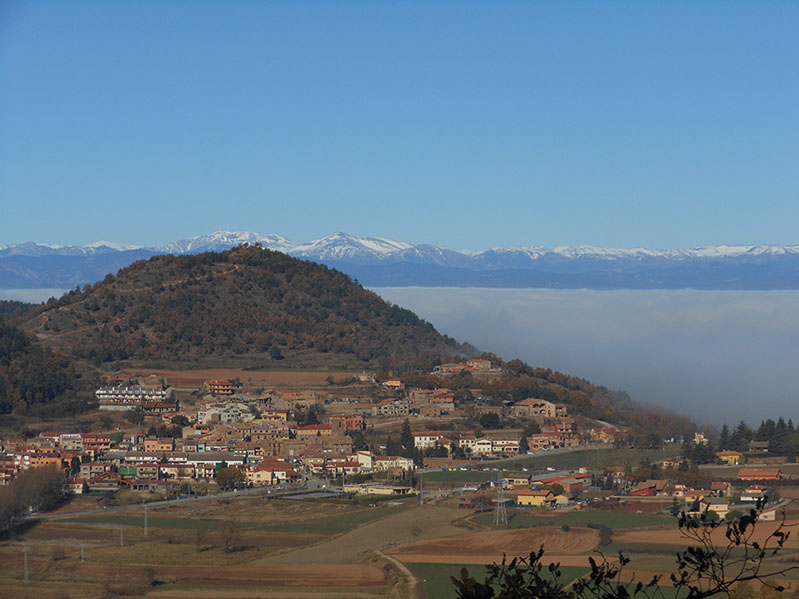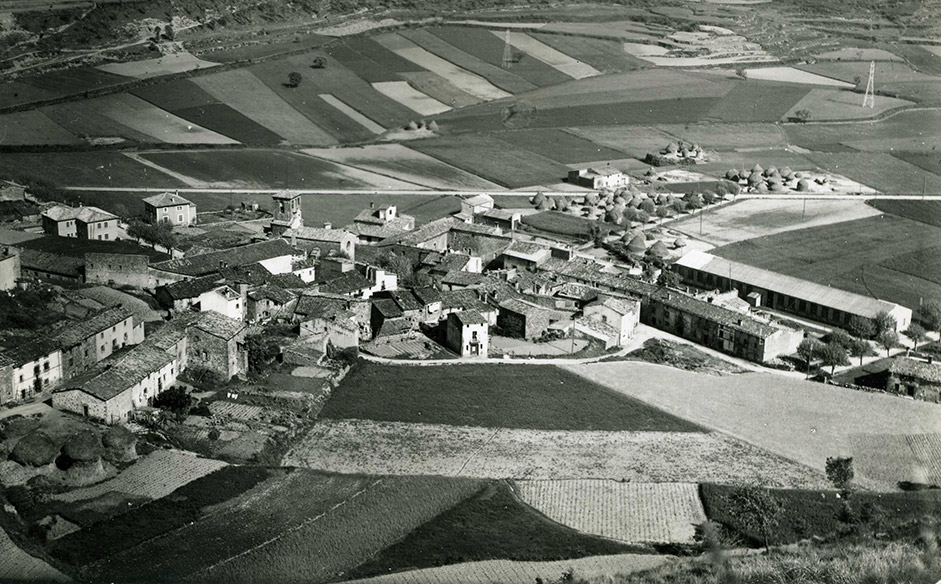The village of L’Estany is found in a privileged natural environment that has welcomed human settlement since prehistoric times. Recent finds have also enabled us to document the presence of the Iberian and Roman worlds in the municipality. The pre-Romanesque church, first documented in the year 990, indicates that a stable population already existed then that may have been organised into a number of scattered settlements and farmhouses.
The first houses in the village were built from the thirteenth century onwards under the protection of the economic and spiritual power of the monastery, which had been founded in 1080. They were initially built around the current Monasterio Square and along Major Street and Rodors Street. From the fifteenth century onwards, the number of houses in these streets increased to the point where they began to overflow along Monjos Street up towards Coll de la Crosa.
In the modern age many families earned their living from agriculture and livestock breeding and there was also much pre-industrial activity related to obtaining wood, wool and coal. From the nineteenth century onwards, textile manufacturing in the village grew in importance and a number of workshops and a factory were established there.
The building of the provincial road at the beginning of the twentieth century – which went right through the heart of the village – completely transformed the centre of L’Estany and left an important mark on the local landscape in the form of the plane trees that still line the road today.


